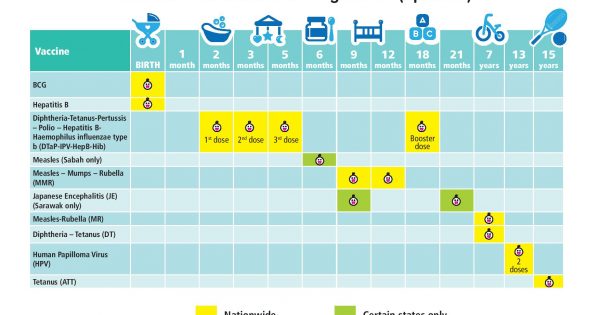The government has recently announced that starting this week, most businesses, including daycare centres, may resume operations with strict compliance to the standard operating procedures (SOP) outlined by the National Security Council. However, parents may need to wait a bit longer before they can send their children to daycare.
According to the Association of Registered Childcare Providers Malaysia, most childcare centres may need another month before they can re-open, as the operators need time to properly implement the SOP, which includes social distancing, carrying out disinfection twice daily, providing hand sanitisers and using face masks, among others.
And when these centres eventually open, they may have to prioritise children of frontliners and essential workers, as they need to limit the number of children at the centre to avoid a ‘daycare cluster’. Among other ‘new norms’ that need to be practised by parents and childcare providers include:
- Send and pick up safely: Do not linger when sending or picking up children. Limit contact with caregivers and other parents at the centre. Instead, be prepared and do not rush.
- Practise hygiene: Teach children about proper handwashing and hygiene habits, even those who are very young. Do not send kids to childcare centres if they show symptoms like fever, coughing or sneezing. Centres should not accept any children showing these symptoms.
- Cancel special events: Special events or activities such as sports day, birthday celebrations or Raya celebrations should not be organised. Adapt daily routines and activities to the SOP.
- Isolate children of frontliners: Prioritise these children as they need to be protected from possible infection from other children; this also prevents their parents from being infected. This is important as the parents are treating patients that need to be protected from COVID-19.
- Stay in the same group: If possible, let the children stay within the same group and do not let them mix with other groups. Use partitions, fences or different rooms to separate them and minimise interaction.
- Rotate activities: Different groups of children should take turns doing different activities. For example, let different groups have their snack time at different times.
- Safe distance during nap: During naptime, make sure children are separated (1-2 m if possible). Their sleeping position should be head-to-toe instead of side-by-side.







Comments